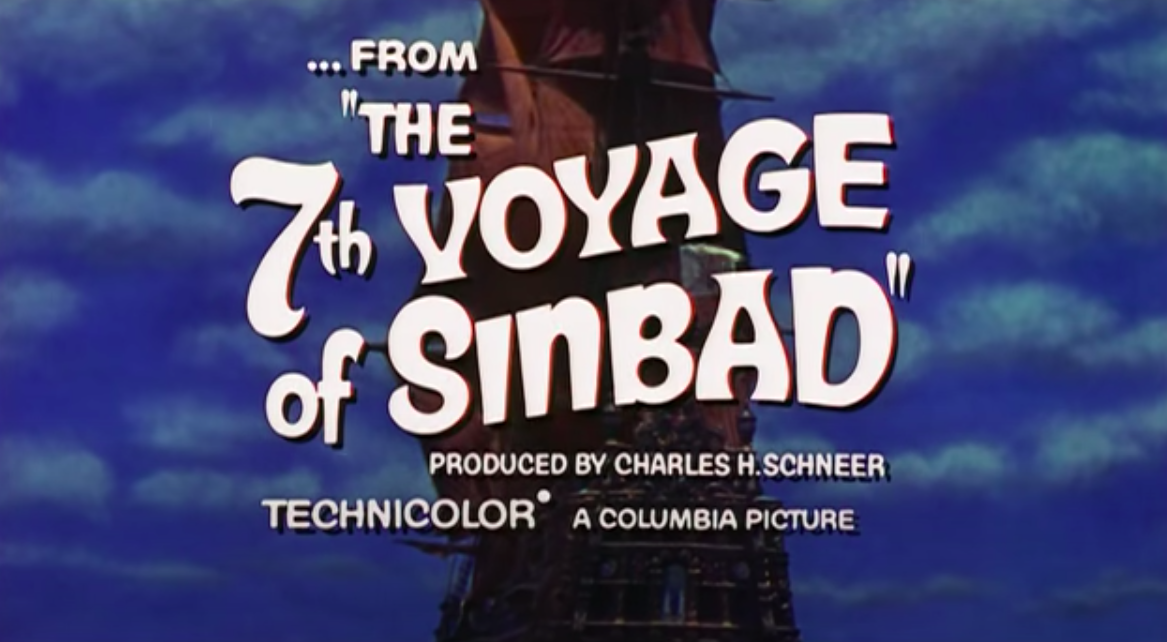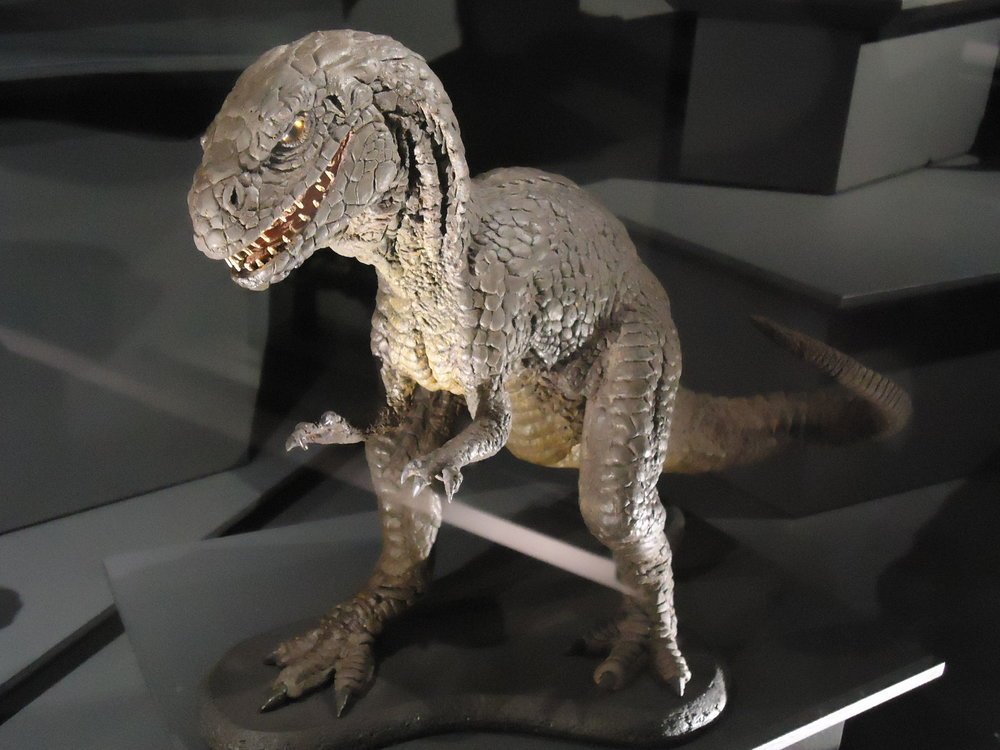I was doom scrolling through Amazon Prime seeking a new film or series to watch when I came across The 3 Worlds of Gulliver. The cover looked familiar and triggered some long forgotten memory I must have had, either that or some Mandala effect had occured by I was sure I must have seen this film at some point, probably in my childhood on a cold Winters day or Bank Holiday as was often the case when these types of films were often shown. I read that it was a Ray Harryhausen and Charles Schneer production and so I ordered it and waited with excitement. I am a huge fan of their work and had quite recently revisited the three Sinbad films they had collaborated on.
I am aware of Gulliver's Travels but only loosely. The premise of a man who travels and gets shipwrecked on an island where he is a giant to the Lilliputians is well known. However, I did not know that there were further adventures where he travelled to a land where he was small. Either way, the story of a compassionate and caring man dealing with man's vanity and hubris was a powerful political polemic by author Jonathan Swift on release. The ridiculousness and petty-mindedness of the situations Gulliver has to deal with shows the corrosive elements of power.
The first thing to note is that the opening music by Bernard Herrman is amazing, not Seventh Voyage of Sinbad amazing but definitely noteworthy as it sets the mood well. Actor Kerwin Mathews has a strong screen personality and is a likable personality. His fiancée Elizabeth, ably played by the tragic June Thorburn, complements him well and there is real chemistry on the screen but the musical-like interludes are intrusive and don't fit the film that well in my opinion.
The costume, set and sound design are all uniformly great and there are a lot of clever perspective shots using great matte paintings to give the illusion of space. However, there are only two of Harryhausen’s signature Dynamation techniques; one of is a squirrel and one a crocodile. The squirrel is especially impressive as it captures the jittery frenetic energy of the animal well but this is a short animated piece.
Director, Jack Sher, does a good enough job but it lacks the cinematography or director’s eye that stronger directors would have. What comes across is a solid piece of film making but neither dynamic or remarkable.
Make no mistake, this is a relatively low budget affair but economy of design has helped maximise what has been achieved, much like what The Singing Ringing Tree would achieve years later. It's a joyful and pretty innocent film and worth an hour and a half of your time.





